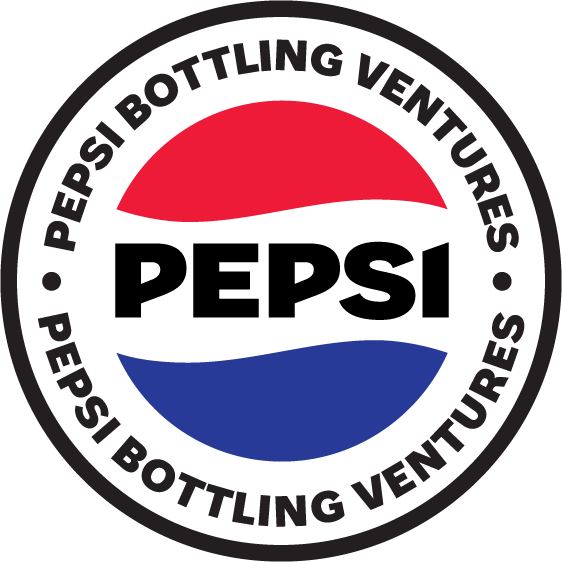More Than a Locker. A Device Handoff System.
ForwardPass seamlessly combines hardware and software to automate device exchanges.
We turn daily device handoffs into a self-serve experience that cuts admin time for IT and keeps users up and running.
Find Out More




